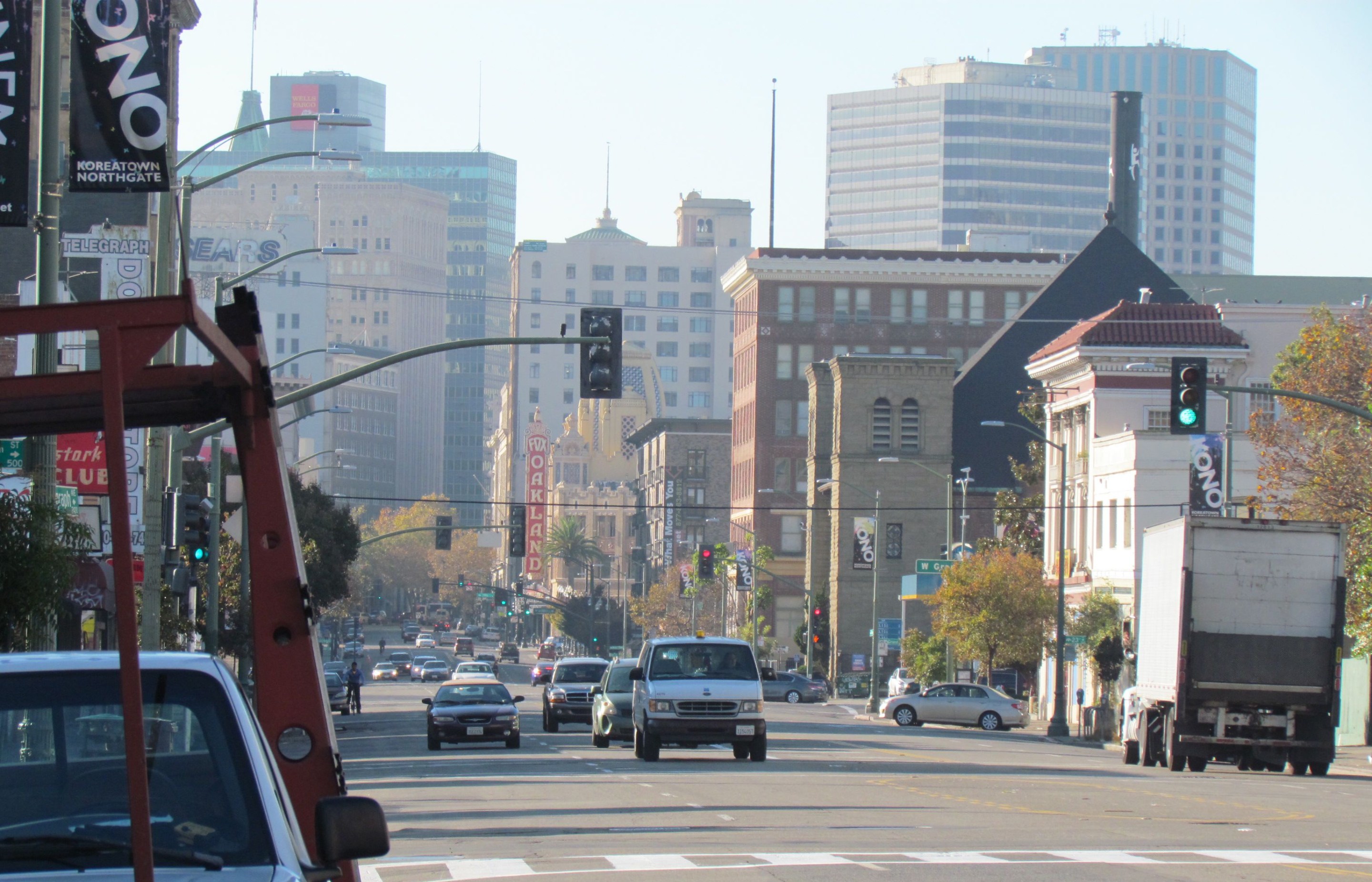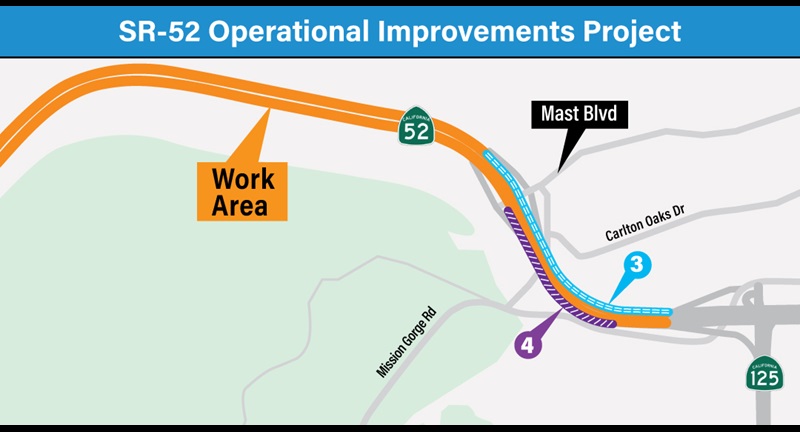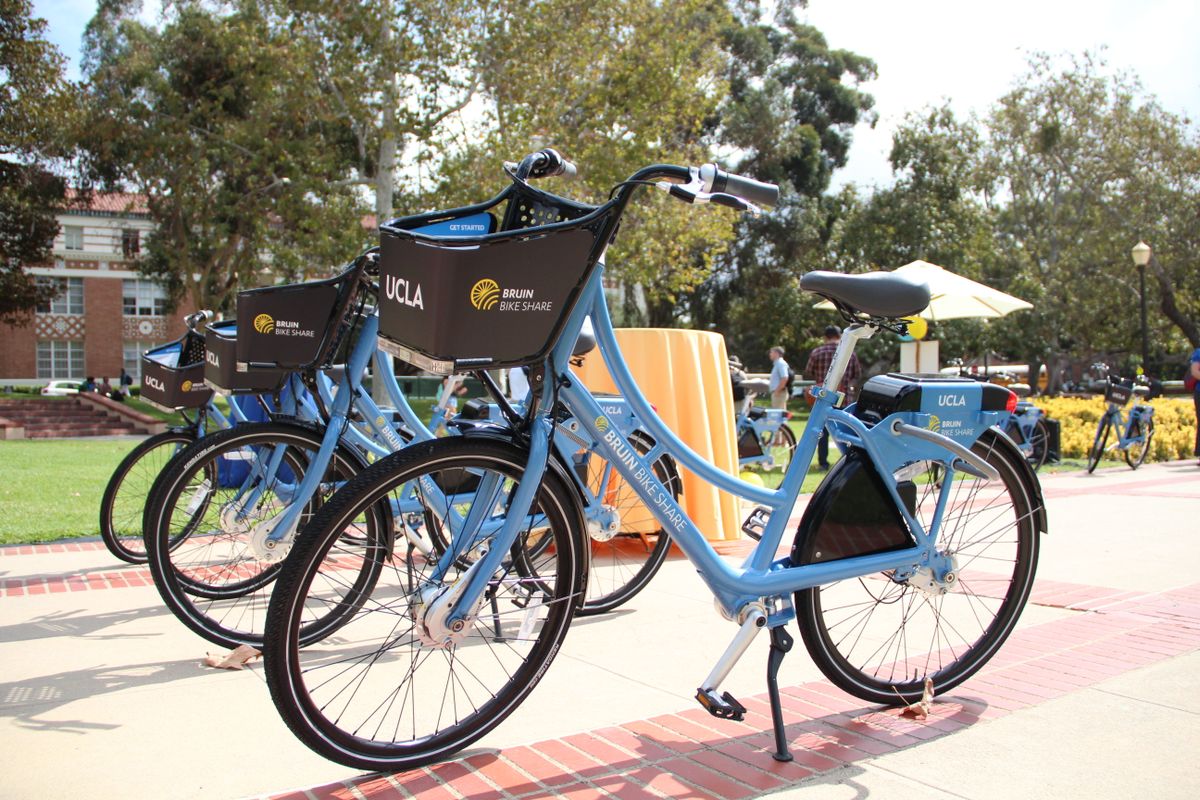Note: GJEL Accident Attorneys regularly sponsors coverage on Streetsblog San Francisco and Streetsblog California. Unless noted in the story, GJEL Accident Attorneys is not consulted for the content or editorial direction of the sponsored content.
Car delay will no longer be used as a way to assess environmental impacts of development projects under the California Environmental Quality Act. New rules, developed by the Governor's Office of Planning and Research with much public input and certified by the Natural Resources Agency, rewrote the CEQA transportation section.
The rules say that vehicle miles traveled--the amount in distance of automobile travel produced by a project--is a more appropriate measure of transportation impacts than vehicle delay. Specifically, the new rule states that "a project’s effect on automobile delay shall not constitute a significant environmental impact." In addition, development projects within a half-mile of high quality transit are presumed not to have a significant environmental impact.
This is a big deal, as Streetsblog has been reporting for years, breathlessly awaiting the release of these rules. Not having to account for causing more delay in already congested areas removes one of the obstacles to much-needed infill development in cities.
The California Environmental Quality Act is far from perfect, and in fact is quite a clunky way to protect the environment. For example, it relies solely on litigation--or the threat thereof--to enforce its provisions. This can lead to long bureaucratic delays as well as lots of money going to lawyers, as well as other unintended consequences. Among those are a system that encourages and abets car use while discouraging other forms of transportation, a result of unexamined reliance on Level of Service--traffic delay--as a proxy for a true analysis of traffic impacts on the environment. See some earlier Streetsblog coverage of the issues for more details.
Unfortunately, in the process of writing the new rules, there was pushback from regional planning agencies--including SCAG--that are wary of considering the true impacts of already adopted plans for big highway projects. This led to a weakening of the rules where the change is most needed. That is, transportation project planners will be allowed "discretion" on which measure to use--so they could choose to stick with the outdated and discredited Level of Service metric.
However, at the same time that the Natural Resources Agency finalized the new rules, OPR released several technical advisories to assist planners navigating the changes. These include documents on housing projects, measuring greenhouse gas emissions, and evaluating transportation impacts under CEQA. This last advisory includes a discussion of transportation projects and their environmental impacts that somewhat counteracts the weakening of the new rules.
That is, where planners don't have to measure new vehicle miles, other related impacts such as air quality and greenhouse gas emissions--and induced growth--must still be analyzed and addressed. Therefore, the advisories recommend, changes in vehicle travel might as well be measured, and "should still be analyzed and reported" as an important part of any discussion of environmental impacts.
"While CEQA does not require perfection," says the document,
It is important to make a reasonably accurate estimate of transportation projects’ effects on vehicle travel in order to make reasonably accurate estimates of [greenhouse gas] emissions, air quality emissions, energy impacts, and noise impacts.
Helpfully, the guidance includes a list differentiating those projects that are likely to lead to a "measurable and substantial increase in vehicle travel," and those that are not. Those that do are capacity-expanding projects such as
Addition of through lanes on existing or new highways, including general purpose lanes, HOV lanes, peak period lanes, auxiliary lanes, or lanes through grade-separated interchanges.
The new rules take effect immediately as advisory, but by June 2020 they will apply to all new environmental analyses. In the meantime many municipalities haven't waited. San Jose, Pasadena, San Francisco, Oakland, and others have already adopted the new vehicle miles traveled metric.






